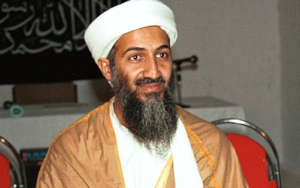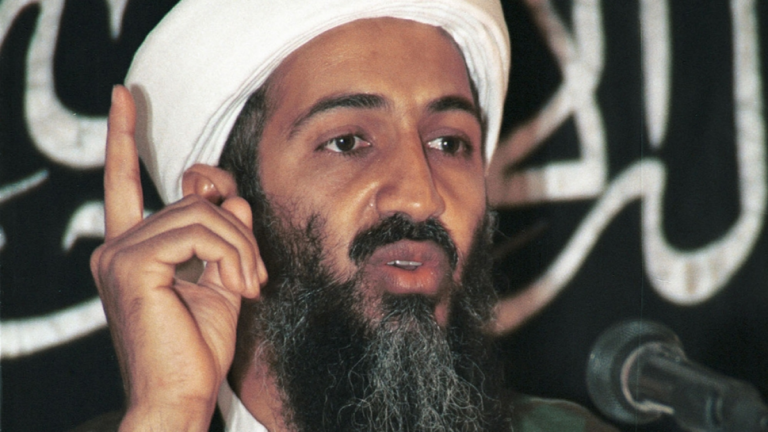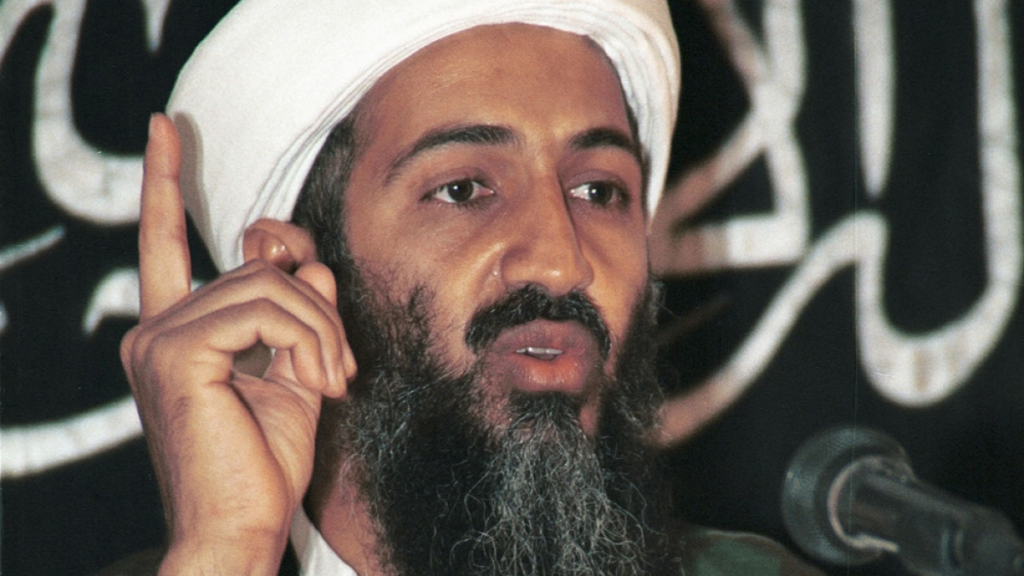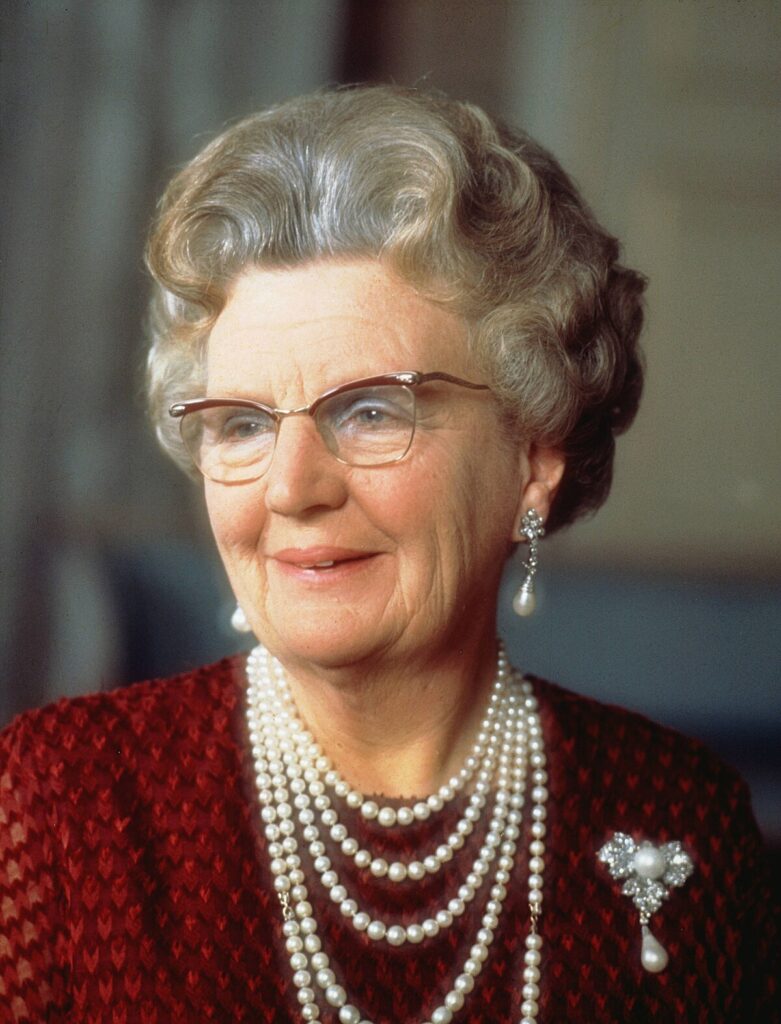Osama bin Laden
On May 1, 2011, one of the greatest chapters in the world’s fight against terrorism was brought to a climactic end. The United States Navy SEALs conducted a covert operation, and Osama bin Laden, the mastermind of the September 11, 2001, terrorist attacks, was killed in Abbottabad, Pakistan. This high-risk mission, which went by the code name of Operation Neptune Spear, had been the result of almost a decade of merciless intelligence collection and follow-up Osama bin Laden’s execution.
The operation was approved by then-President Obama after years of monitoring the movements of bin Laden. The breakthrough occurred in 2010, when U.S. intelligence agencies found a compound in Abbottabad, a strange and fortified compound only a mile from the premier military academy in Pakistan. Analysts thought that the compound was designed to accommodate a high-value target. Although there was no visual confirmation directly, the CIA became more convinced that bin Laden lived there in Osama bin Laden death.
After months of monitoring and intelligence work, President Obama gave the go-ahead for a Navy SEAL Team 6 (from the elite Joint Special Operations Command – JSOC) to lead a night raid on the compound. The team was able to gain illegal entry into Pakistani airspace using stealth helicopters. Osama bin Laden was killed; black hawks went unnoticed. One of the helicopters crash-landed because of mechanical problems; however, it did not compromise the mission. The SEALs assaulted the compound, and within the next 40 minutes, they had taken care of several people, including bin Laden. His body was identified by facial recognition and later on DNA test Osama bin laden compound.
Bin Laden’s death story spread all around the world. In America, people were outside the White House, on the Times Square, shouting – “USA! USA!” and waving American flags. For a large proportion of Americans, this was a time of some justice for the lives lost on the day of 9/11 and also a time of reaffirming the country’s determination against terrorism, the killing of Osama bin laden.
.
However, the mission led to international debates, especially where Pakistan may have known the whereabouts of Bin Laden. The fact that his residence has been in a safe compound in a military town raises hard questions. Contrary to denials by Pakistani officials, the incident worsened U.S.-Pakistan relations, and a high-level debate on the issues of sovereignty, intelligence cooperation, and the long-term implication of unilateral military actions, etc., arose when was Osama bin Laden killed.
From a strategic and symbolic point of view, the death of bin Laden dealt a hard hit to al-Qaeda even though it did not bring an end to global terrorism. Some of the affiliates of the group continued to operate, while new extremist groups arose in the subsequent years. Nevertheless, this was a major win for American counterterrorism operations and an important show of the extent and accuracy of American special forces Osama bin Laden’s body.
Ten years on, the killing of Osama bin Laden continues to provide an awesome illustration of persistence, coordination of the intelligence wing, and decisive leadership. It is a moment one can call a defining movement of modern history – the story of justice, self-sacrifice, the uncompromising search for one of the world’s most notorious fugitives, Osama bin Laden, who was killed.





















